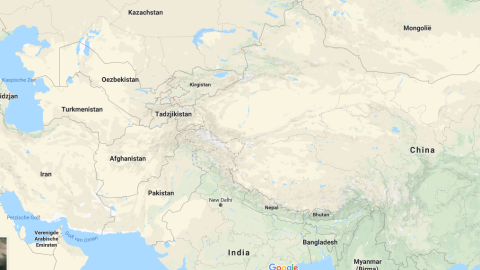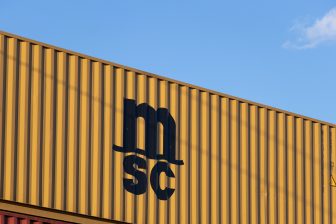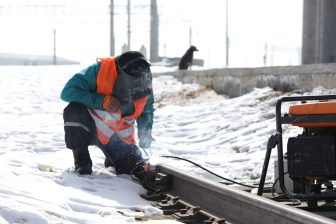
New railway service Iran-China launched, connecting Inner Mongolia-Bam
A new freight train service linking north China’s Inner Mongolia Autonomous Region with the Iranian city of Bam was launched on Tuesday, 4 September. A train departed from a logistics park in Inner Mongolia and is expected to arrive in Bam on 19 September, 15 days later.
The new railway line was reported by Chinese daily newspaper Xinhua. The journey covers around 9,000 kilometre, but the travel time between the two cities will be shortened by twenty days compared with sea transportation. The train is carrying 41 containers of auto parts, machinery, and equipment, worth around 1,26 million Euros, the report stated.
Not the first connection
In May this year, a new connection was established from Bayannur city in north China’s Inner Mongolia Autonomous Region to Tehran. It was not the first connection between the countries: the first freight train took off from Yiwu in January2016, headed for Tehran. A second freight train service connecting Yinchuan and Tehran followed in September that year.
According to Xinhua, a total of 77 China-Europe freight trains left Inner Mongolia in the first half of this year, accounting for a 305.3 percent increase year-on-year. The number of return trains reached 41 during the same period, with a 31.3 percent year-on-year growth. China’s total rail freight volumes expanded at a faster pace in the first seven months of this year. Railways carried a total of 2.29 billion tonnes of cargo during the January-July period, up 7.9 percent from one year earlier, according to data from the National Bureau of Statistics.
China-Iran routes
At the moment, there are two possible routes for traffic between China and Iran; a route passing through Kazakhstan, Uzbekistan and Turkmenistan and a similar route, but bypassing Uzbekistan. The first route is part of the Almaty-Bandar Abbas corridor entering Iran through the border point of Sarakhs. This corridor was opened in 2011 and has the potential to lift 2 million tonnes of freight annually.
The latter is part of the East of Caspian Route and passes through the Inche-Burun border crossing. This route is a branch of the north-south corridor, which starts in Russia and runs all the way up till the Persian Gulf. However, this line runs diverts east of the Caspian Sea to pass through Kazakhstan and Turkmenistan. The railway line was launched at the end of 2014 and foresees transporting some 15 million tonnes of cargo annually by 2022.
Also read: A tour through Iran as a rail freight transit country





